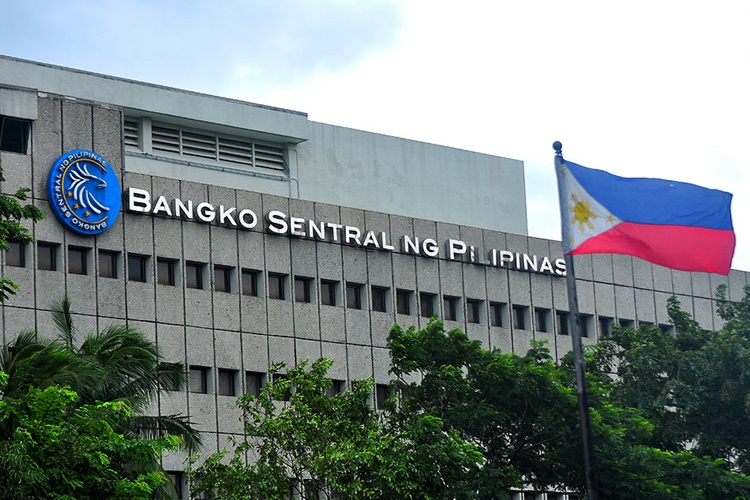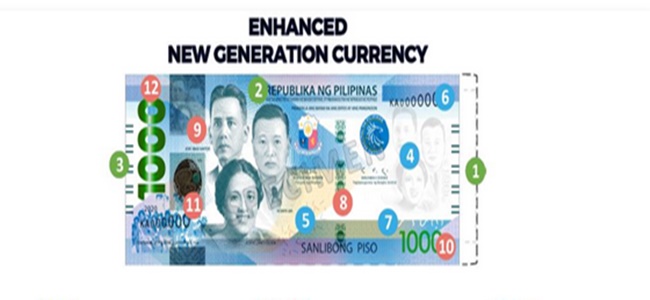How To Spot Fake P1000 Bill? Here are the 12 Points to Consider
HOW TO SPOT FAKE P1000 BILL – Here is a guide on the important features that you must check on a P1000 banknote to make sure it is not fake.
Banknotes and coins are among the things that revolve across the globe. In the Philippines, the banknotes and coins that are currently in circulation are the Enhanced New Generation Currency (eNGC). Bangko Sentral ng Pilipinas (BSP) or the Central Bank of the Philippines, the body that prints and releases the Philippine money, also recently announced that it will be releasing new P1000 banknotes made of polymer.
Meanwhile, the release of P1000 polymer banknotes does not mean demonetization of the current P1000 eNGC banknotes. The former will be limited and the latter will continue to have its value.
Unfortunately, there were several instances in the past when some people who have ill intentions seemingly printed fake Philippine banknotes. Thus, many have fallen victims to it losing the value of their money. How to spot a fake P1000 bill?

According to Bangko Sentral ng Pilipinas, there are 12 important features of the Enhanced New Generation Currency (eNGC) to make sure that what you are handling or receiving is not a fake P1000 bill. Here are the 12 important details:

- Security Paper
- Embossed Prints
- Tactile Marks
- Watermark
- Security Fiber
- Asymmetric Serial Number
- See-through Mark
- Security Thread
- Concealed Value
- Optically Variable Ink (1000-Piso and 500-Piso)
- Optically Variable Device Patch (1000-Piso and 500-Piso)
- Enhanced Value Panel (1000-Piso and 500-Piso)
Amid the release of the new P1000 polymer bills, there are also claims of a new series of “Bagong Lipunan” coins to be released by Bangko Sentral ng Pilipinas. The Central Bank broke its silence and clarified the rumors.
You may visit – Bangko Sentral Speaks on “New Bagong Lipunan Coins Series”
